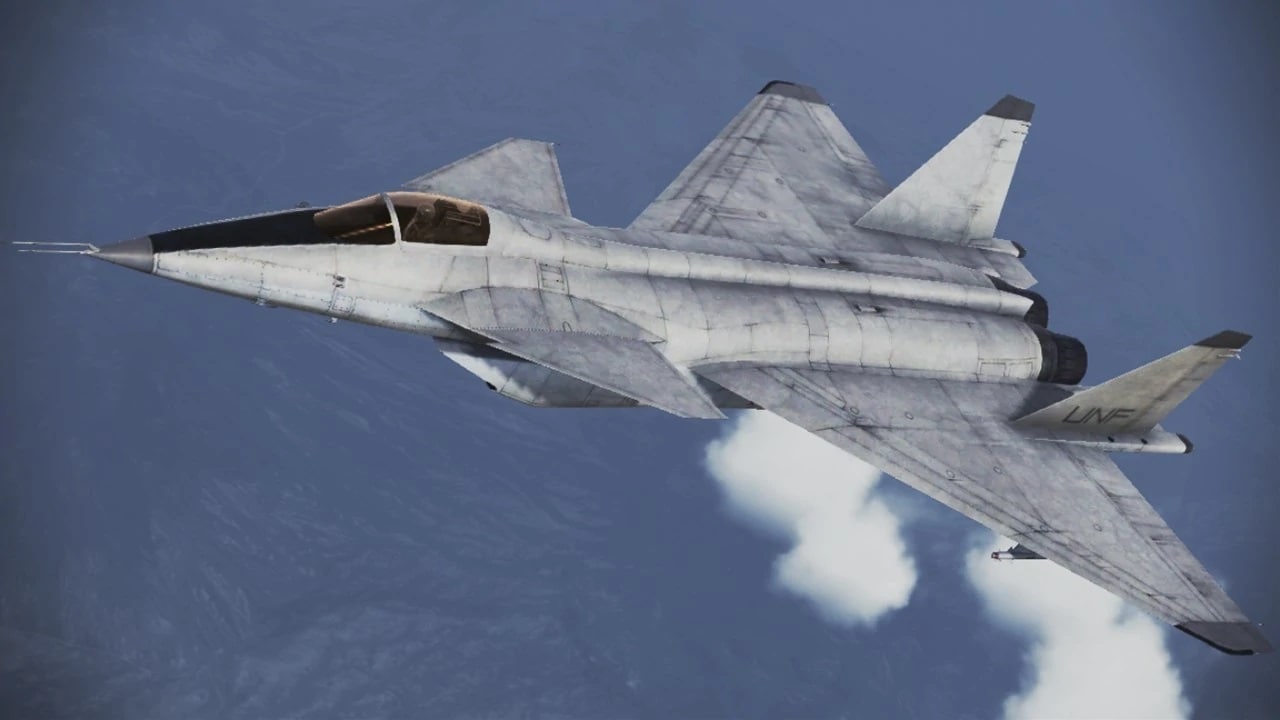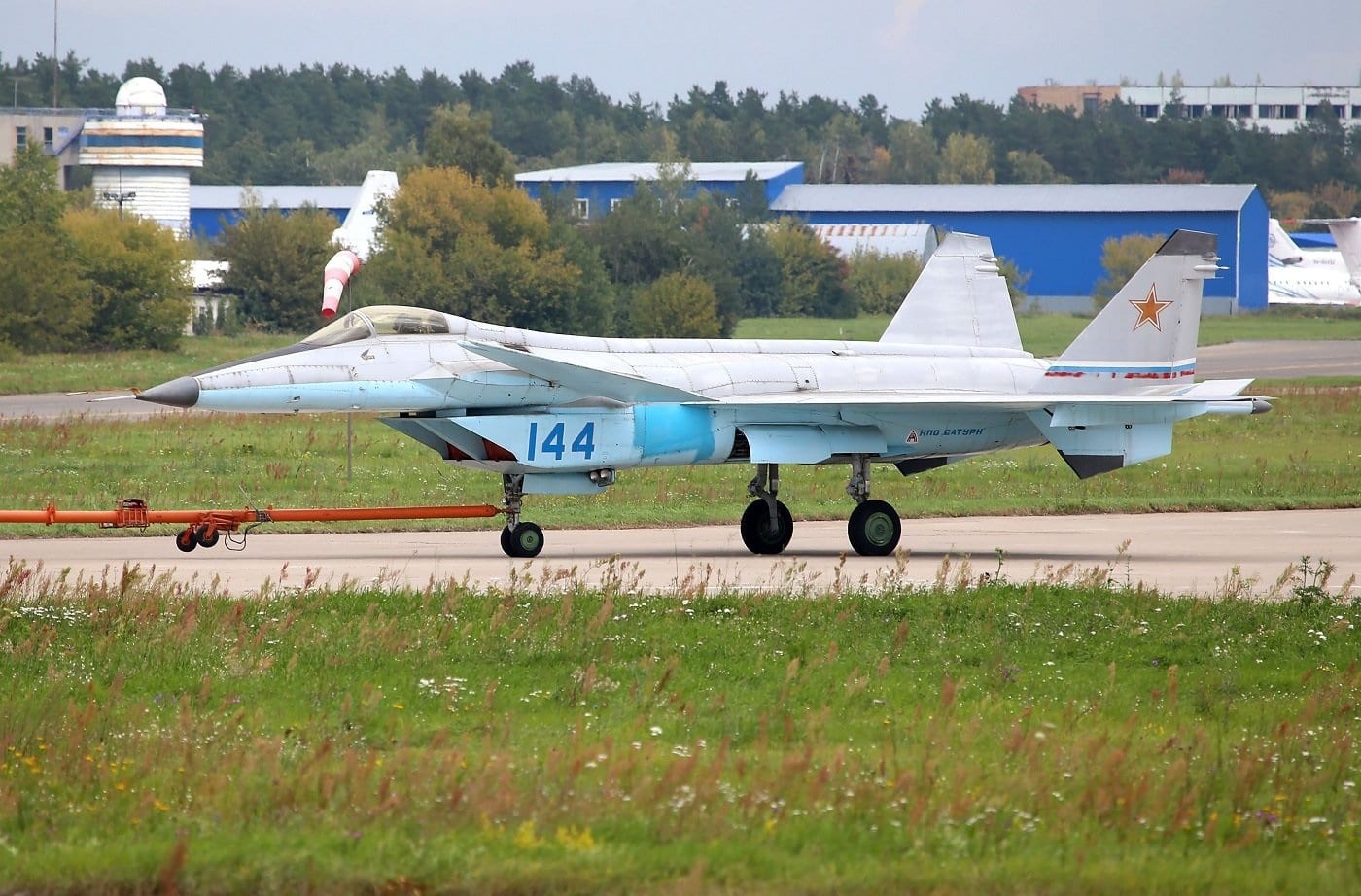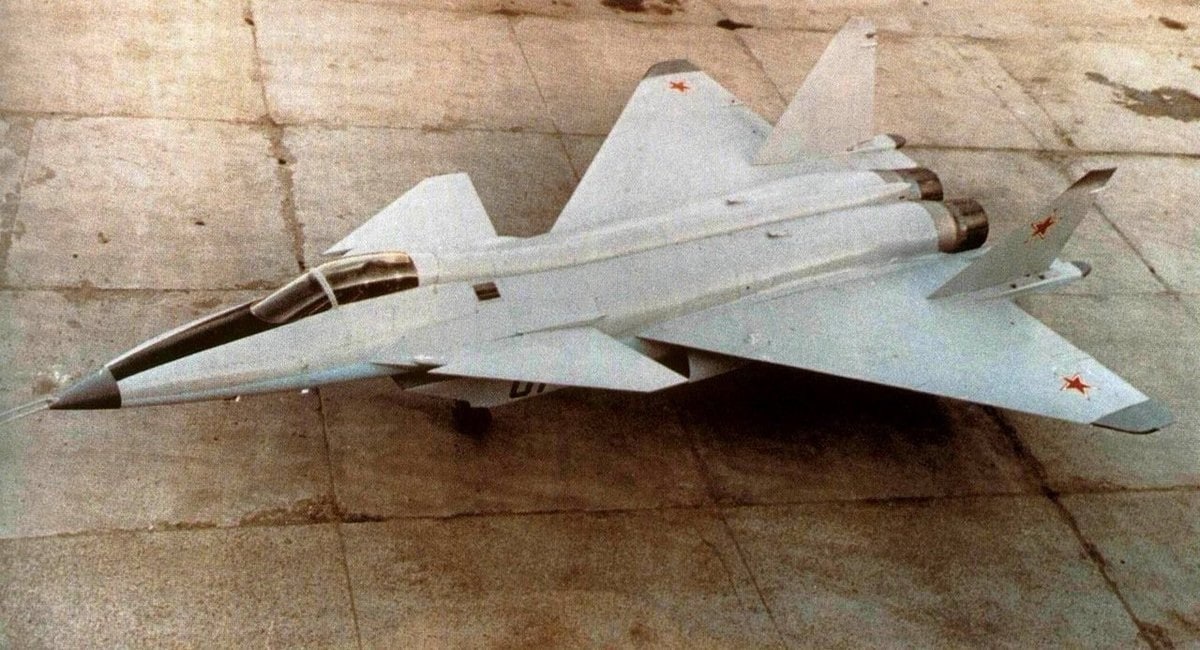Key Points: The Mikoyan MiG 1.44 was Russia’s ambitious fifth-generation stealth fighter designed to compete with the F-22 and F-35. Designed during the Cold War of the 1980s, the MiG-1.44 offered MACH 2.35 speed, superior avionics, supercruise capability, and cutting-edge weaponry.
-However, post-Cold War economic downturn and insufficient finances hampered the development, leaving it stranded in the prototype stage before being canceled in the 1990s. Despite its failure, the MiG-1.44 offered important research for subsequent stealth aircraft, such as the Su-57.
-If Russia had succeeded, it may have significantly altered the global air force balance.
MiG 1.44: Russia’s Failed Stealth Fighter That Could Have Changed History
The Russian military would always be in trouble after the Cold War ended. When the Soviet system collapsed, numerous defense programs stalled due to a lack of funding and personnel to man the production lines.
Many pieces of military weaponry simply perished on the vine. Perhaps if the Soviet Union had survived, the Russians would have had some impressive warplanes to confront the United States and its NATO partners.
What Is the MiG Project 1.44?
The Mikoyan MiG Project 1.44 is a Cold War and post-Cold War program that you may be unfamiliar with.
This would have been a fourth-generation plus, if not fifth-generation, aircraft that would have surpassed the F-35 and F-22 in performance. It turned out to be a disaster and a failure.
More About the Historical Era
Allow some perspective to help you remember the enormous stakes of the 1980s.
Ronald Reagan had engineered a significant military buildup. The F-14 Tomcat, F-16 Fighting Falcon, and F-15 Eagle ruled the skies.
Reagan even devised the famed Strategic Defense Initiative, or “Star Wars” program, which would deploy lasers from “killing platforms” to destroy Soviet ICBMs before they could land in America. The Soviets were concerned about this program and the United States’ massive defense spending.
The Russians would require a new fighter to keep up, and the MiG 1.44 was planned to deliver an aircraft that would change the equation and give the Soviets something to brag about.
American Competition for a New Stealth Fighter
Meanwhile, Americans were dissatisfied with their non-stealth jets.
They developed a new program dubbed the Advanced Tactical Fighter Project.
This would try to produce a supersonic radar-evading fighter with superior performance and specifications than current non-stealth aircraft.
The Russians were aware of the ATF project’s rivalry between the stealthy Northrop YF-23 and the Lockheed YF-22.
The Kremlin’s intelligence specialists were frightened, so the high command issued a warning to the air force. It was time to catch up quickly.
Fast and Stealthy Russian Fighter
After numerous early programs with varied issues, the Kremlin decided on Project MiG 1.44.
Russian designers and engineers desired a stealth warbird with extraordinary MACH 2.35 speed, cutting-edge avionics, and supercruise capabilities.

MiG 1.44 was designed to be a technological demonstrator and prototype that would usher in a new era of super-fast stealth flight, superior to the F-22 and F-35.
The MiG-1.44 was equipped with a wide range of modern armaments, including advanced air-to-air and air-to-surface missiles, as well as the best precision-guided bombs available from Russia.
Beating the F-22
They created the prototype in 1994. This was a huge boost for the Air Force’s morale.
Could they get the technology demonstrator into a phase where the plane could enter serial production by 2000?
That would imply that the Russians would transition to a fifth-generation fighter before the F-22 started major production.
MiG 1.44 Goes Down
Unfortunately, the Kremlin ran out of finances to maintain MiG 1.44 operational.
The technology demonstrator failed to go beyond the prototype stage, and the program was canceled.
Despite the fact that the United States was experiencing budget cuts and force reductions, Russia’s defense sector lagged behind.
The end of the Cold War harmed the Russian military, and there was insufficient funding and brainpower to continue experimental airplane programs once the Soviet Union split.

So Vladimir Putin inherited a troubled defense industry. Land warfare in Chechnya was not going well, Russia faced domestic terrorism from Islamist extremists, and the Russian fleet was neglected.
Project 1.44’s research and development data were accessible for future Su-57 and Su-75 stealth fighters.
Russian engineers could use the experimental airplane’s test and assessment data to assist produce stealth aircraft. Still, Project 1.44 was mostly a failure, and its cancellation was unsurprising given a lack of money and the post-Cold War military collapse.
It is fortunate that the Americans could make additional progress with the F-22 and F-35, since with a little more faith and money, the Russians might have developed a stealth fighter in the early 2000s, and the air force could have achieved air superiority in the war in Ukraine, changing history.













Leave a Reply